Public Beach near the Village of Oy-Tal. Pollution of Issyk-Kul. Poaching. Old Nets. Trash on the Beach.
.
Coordinates: 42°43'14.7"N 78°01'59.9"E
Today, at the bottom of Lake Issyk-Kul, you can find just about anything—from the remains and artifacts of ancient settlements to rubber slippers, used car tires, and even old furniture. Moreover, the amount of modern "goods" in the lake is increasing year by year. Sometimes trash is retrieved from the bottom, but the quantity of waste brought to the surface is incomparably less than what is thrown into the lake.
According to divers, the main elements of the trash are plastic bottles and bags, as well as swimming gear from tourists. The bulk of the pollution is concentrated around resorts and other recreational areas.
The real disaster for the ecosystem of Lake Issyk-Kul and its biodiversity continues to be synthetic nets made in China; these nets slowly decompose into microplastics, which then enter the food chains of the lake's bio-organisms, including fish. Additionally, fishermen have adapted to use large plastic bottles as markers for the spots where they throw their nets. During storms, these bottles can break loose. Some float on the surface, while others sink to the bottom. This accumulates over the years.
Participants of the "Clean Issyk-Kul" Volunteer Movement have conducted numerous dives in various locations around Issyk-Kul and filmed footage showing that the pollution of the lake's bottom has a threatening trend, a challenge that seems difficult to tackle but must be addressed immediately. After all, the low cost and wide availability of nets lead fishermen not to remove them even after fishing is done. Abandoned nets pose a danger to migratory birds and other inhabitants of the lake.
Underwater cleanup is a complex process. It is not just a walk with scuba gear. Trained specialists with significant diving experience and sufficient time spent underwater are needed. Working at depth carries increased health risks. Finding such "specialists" is a challenging task. Of course, there are some in the Ministry of Emergency Situations, but they are very few and have plenty of their own work. Another difficulty is the lack of a full-fledged material base in the necessary volume; without it, eliminating all the dumps at the bottom of the lake is practically impossible.
No one knows how much trash has accumulated at great depths and how to retrieve it. Meanwhile, the trend of increasing underwater waste deposits year by year poses a threat to the viability of the biosystem of Lake Issyk-Kul, which is a national treasure for the Kyrgyz Republic.
During the "Clean Issyk-Kul" activities aimed at underwater cleaning of the lake's bottom from old fishing nets and household waste, we invite the leadership of villages and local activists to participate in cleaning the shore from plastic waste. Unfortunately, in most cases, village heads cite extreme busyness and the lack of even two or three conscientious individuals to maintain cleanliness along the shores of their native lake, where they were born, live, and thrive. But we believe that one day people will change their consumer attitude towards Nature and the World will become better, and Issyk-Kul cleaner! We continue to carry out planned work to identify new zones of pollution from plastic and other waste along the shores of Lake Issyk-Kul caused by human activity.
REFERENCE: Oi-Tal is a village in the Tyup District of the Issyk-Kul Region of Kyrgyzstan. It is part of the Kuturgin rural district.
REFERENCE: The Government of Kyrgyzstan also notes that the ecological situation in the resort area of Issyk-Kul is unfavorable. This has already led to a decrease in the recreational value of the lake complex and, if existing negative trends continue, could result in irreversible ecological and economic losses. One of the main sources of pollution is the cities and settlements located in the coastal zone and along the banks of rivers flowing into Issyk-Kul. Many private guesthouses, recreation centers, hotels, and other facilities lack sewage systems and treatment facilities.
EcoMiR - Ecological Monitoring and Investigations thanks the "Clean Issyk-Kul" Foundation for the provided material.
Coordinates: 42°43'14.7"N 78°01'59.9"E
Today, at the bottom of Lake Issyk-Kul, you can find just about anything—from the remains and artifacts of ancient settlements to rubber slippers, used car tires, and even old furniture. Moreover, the amount of modern "goods" in the lake is increasing year by year. Sometimes trash is retrieved from the bottom, but the quantity of waste brought to the surface is incomparably less than what is thrown into the lake.
According to divers, the main elements of the trash are plastic bottles and bags, as well as swimming gear from tourists. The bulk of the pollution is concentrated around resorts and other recreational areas.
The real disaster for the ecosystem of Lake Issyk-Kul and its biodiversity continues to be synthetic nets made in China; these nets slowly decompose into microplastics, which then enter the food chains of the lake's bio-organisms, including fish. Additionally, fishermen have adapted to use large plastic bottles as markers for the spots where they throw their nets. During storms, these bottles can break loose. Some float on the surface, while others sink to the bottom. This accumulates over the years.
Participants of the "Clean Issyk-Kul" Volunteer Movement have conducted numerous dives in various locations around Issyk-Kul and filmed footage showing that the pollution of the lake's bottom has a threatening trend, a challenge that seems difficult to tackle but must be addressed immediately. After all, the low cost and wide availability of nets lead fishermen not to remove them even after fishing is done. Abandoned nets pose a danger to migratory birds and other inhabitants of the lake.
Underwater cleanup is a complex process. It is not just a walk with scuba gear. Trained specialists with significant diving experience and sufficient time spent underwater are needed. Working at depth carries increased health risks. Finding such "specialists" is a challenging task. Of course, there are some in the Ministry of Emergency Situations, but they are very few and have plenty of their own work. Another difficulty is the lack of a full-fledged material base in the necessary volume; without it, eliminating all the dumps at the bottom of the lake is practically impossible.
No one knows how much trash has accumulated at great depths and how to retrieve it. Meanwhile, the trend of increasing underwater waste deposits year by year poses a threat to the viability of the biosystem of Lake Issyk-Kul, which is a national treasure for the Kyrgyz Republic.
During the "Clean Issyk-Kul" activities aimed at underwater cleaning of the lake's bottom from old fishing nets and household waste, we invite the leadership of villages and local activists to participate in cleaning the shore from plastic waste. Unfortunately, in most cases, village heads cite extreme busyness and the lack of even two or three conscientious individuals to maintain cleanliness along the shores of their native lake, where they were born, live, and thrive. But we believe that one day people will change their consumer attitude towards Nature and the World will become better, and Issyk-Kul cleaner! We continue to carry out planned work to identify new zones of pollution from plastic and other waste along the shores of Lake Issyk-Kul caused by human activity.
REFERENCE: Oi-Tal is a village in the Tyup District of the Issyk-Kul Region of Kyrgyzstan. It is part of the Kuturgin rural district.
REFERENCE: The Government of Kyrgyzstan also notes that the ecological situation in the resort area of Issyk-Kul is unfavorable. This has already led to a decrease in the recreational value of the lake complex and, if existing negative trends continue, could result in irreversible ecological and economic losses. One of the main sources of pollution is the cities and settlements located in the coastal zone and along the banks of rivers flowing into Issyk-Kul. Many private guesthouses, recreation centers, hotels, and other facilities lack sewage systems and treatment facilities.
EcoMiR - Ecological Monitoring and Investigations thanks the "Clean Issyk-Kul" Foundation for the provided material.

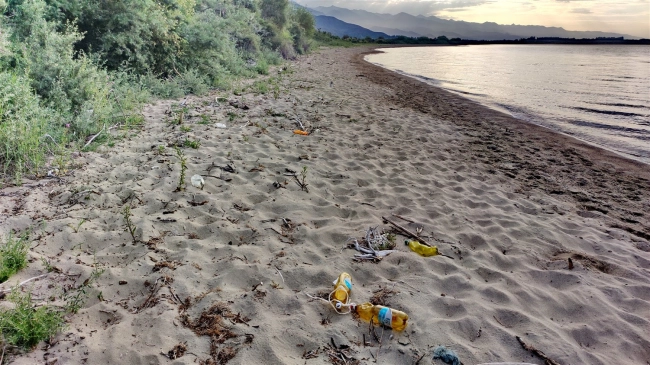
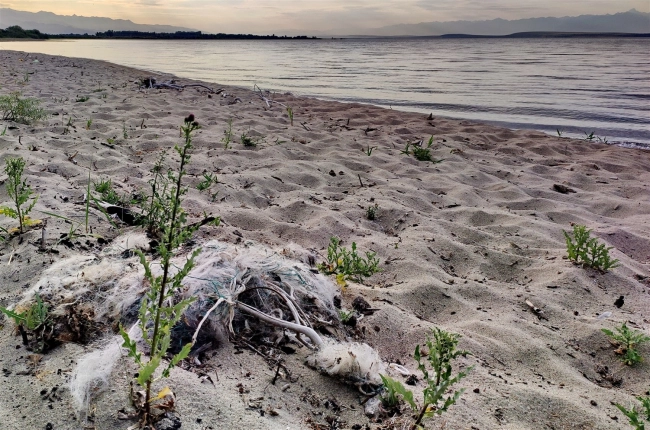

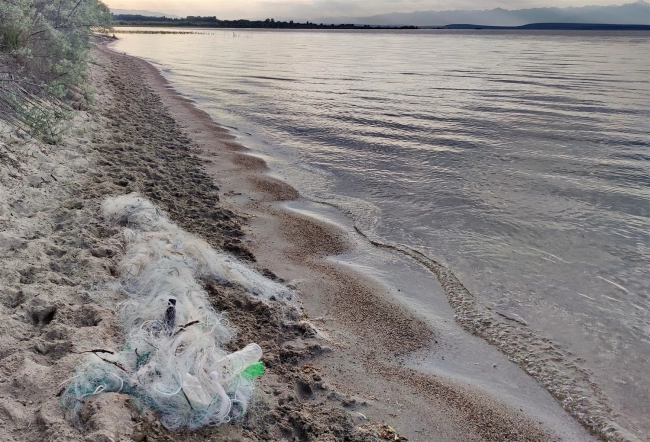

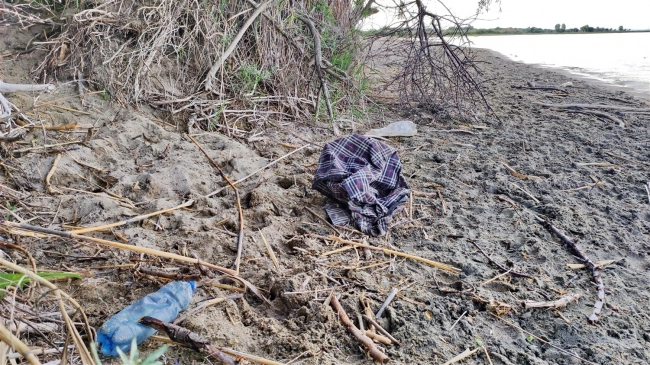
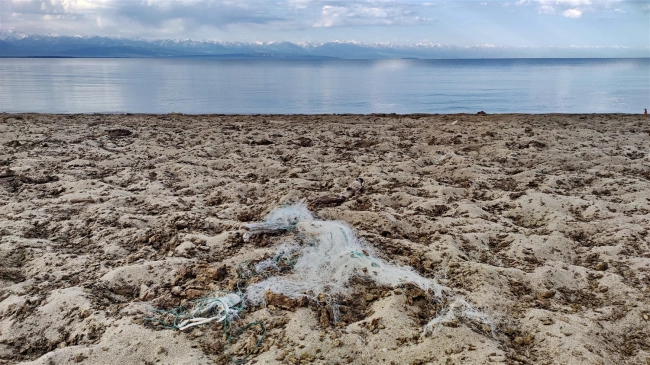

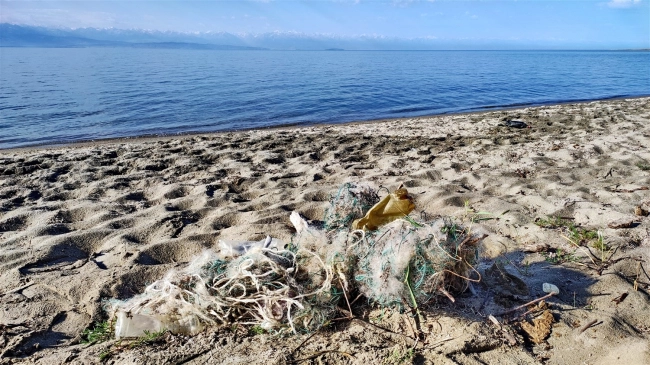
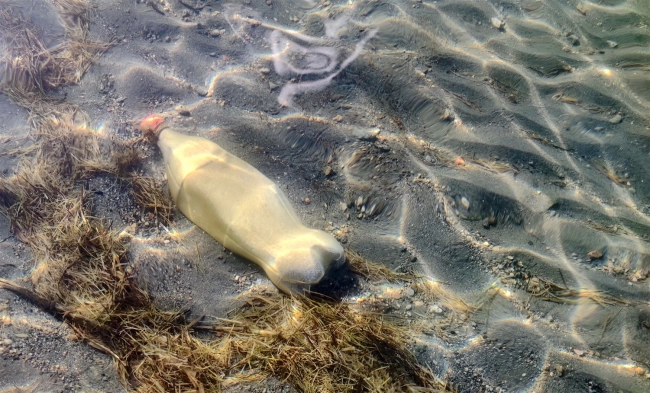
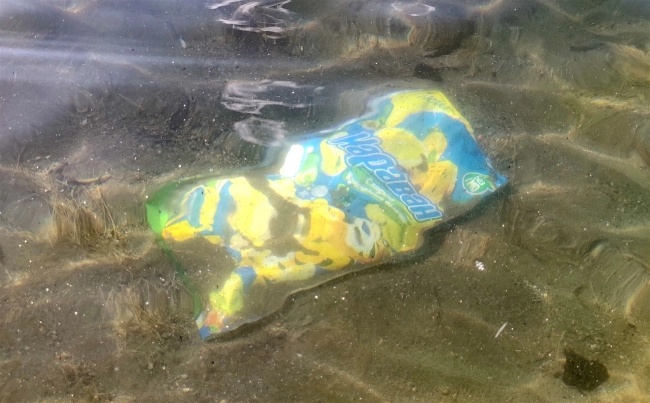
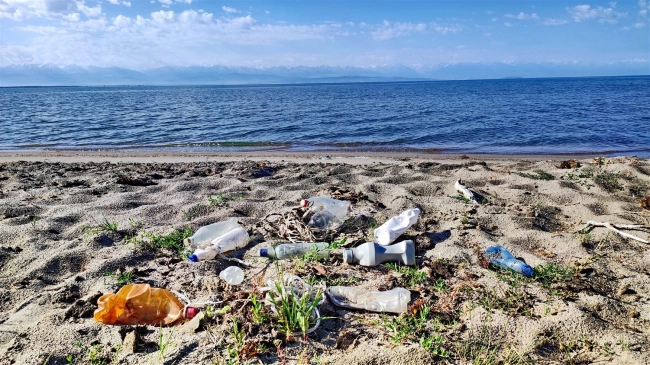
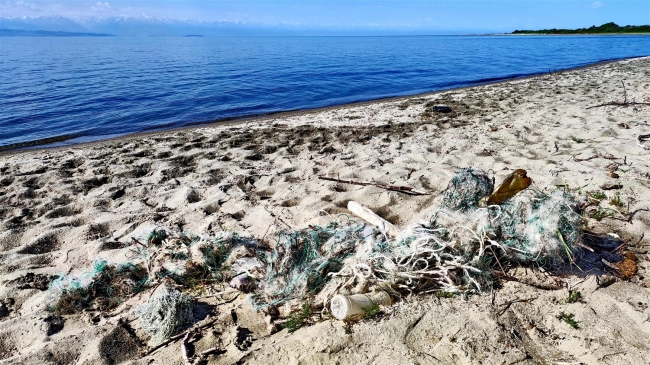
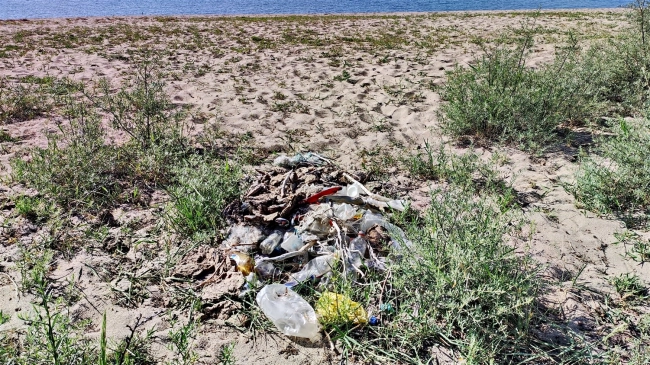
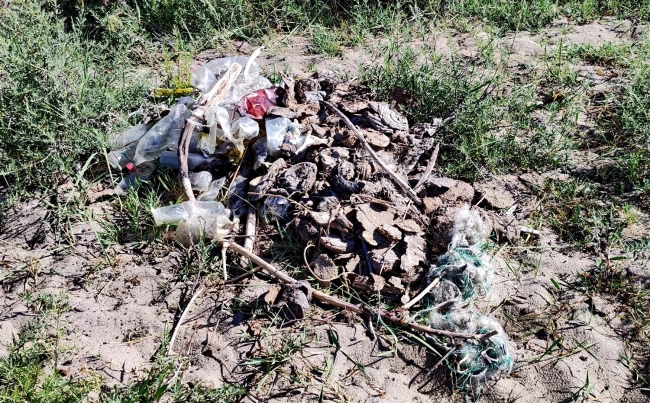


















Attention: Information based on submitted complaints